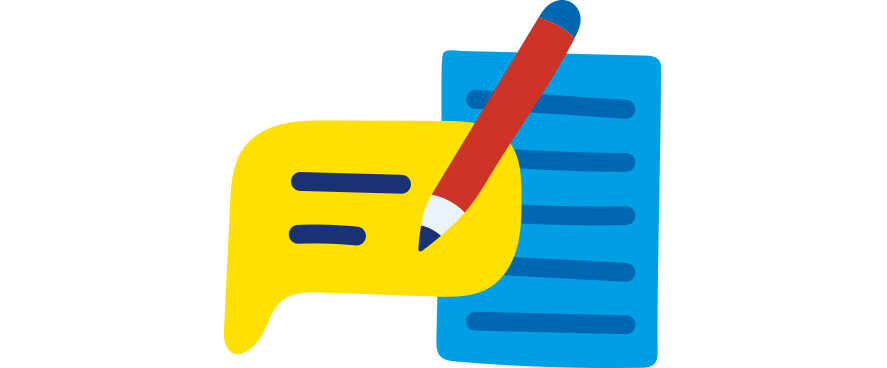-
22 November 2018
Category : Reportage
Human trafficking: the slavery of the 21st century
FIIAPP addresses human trafficking as a global problem: many countries are affected by being the place of origin, transit or destination of victims.
 Image participating in the photography contest organised by the FIIAPP project to support the fight against drug trafficking and related crimes in Bolivia
Image participating in the photography contest organised by the FIIAPP project to support the fight against drug trafficking and related crimes in BoliviaThere are many people who fall into the hands of organisations that exploit them, sexually or professionally, taking their freedom against their will. Human trafficking has become the form of slavery of the 21st century.
It is important to know what we mean by human trafficking, whose world day is celebrated on July 30. The United Nations Office on Drugs and Crime, UNODC, defines it as “the transfer of human beings from one place to another within the borders of the same country or abroad for the purpose of sexual exploitation, work or begging”.
To give an idea of the scale of this crime, the United Nations points out that there are around 21 million victims, 30 percent of them children and 70 percent women and girls. In addition, all these victims come from 137 countries, a fact that reflects the scale of this problem.
“Capture, trafficking and exploitation”
For there to be trafficking, “there need to be three phases: capture, trafficking and exploitation“, says Félix Durán, head of the Human Trafficking group of the Central Operative Unit (UCO) of the Civil Guard and expert of the project in the fight against drug trafficking in Bolivia, financed by the European Union and managed by FIIAPP.
Based on this, certain people are captured for exploitation, whether for labour, sexual, begging or organ trafficking purposes, among others; and this deception is used to take those people to other countries. “For there to be human trafficking, there must be transport and then exploitation,” says Félix Durán. The exploitation phase is the difference between human smuggling and human trafficking.
In addition, Felix Durán tells us that most of the cases of trafficking that occur in Spain are from people who come from southern Africa (especially from Nigeria), Eastern Europe (Bulgaria and Romania) and China. The profile of the victims is that of girls, especially from Nigeria, as well as elderly people in the case of Romania.
On the other hand, there is great difficulty in demonstrating an offence of human trafficking, especially if it is sexual. In order to be able to justify the crime judicially and be able to arrest the people involved, it is especially important to prove< the three phases mentioned, which in many cases is very difficult.
The case of Bolivia
In the Bolivian project, already mentioned, work is being carried out in the fight against human trafficking, since this problem is a crime related to drug trafficking, the main theme of the project. The project focuses mainly on the “3 Ps”: perception, persecution and protection.
There is a lot of trafficking in this country, so much so that Bolivia has been included “in the black list of countries that do not work against trafficking”, according to Félix Durán, an expert on this project.
Furthermore, a programme has been created in which training is provided to public officials who are closely related to this problem, working with both the national and municipal administrations.
In this regard, he emphasises the importance of cooperation projects in this area, in which “public officials who work on this struggle must be made aware” of the obligation to “provide training so that they know how to identify a case of human trafficking” and finally, as trafficking is a criminal offence, the need for international cooperation between institutions, according to Durán.
Nigeria, a place where human trafficking occurs
In the case of Nigerian women in Europe, 95% of them come from Benin City, an area of around 10 million inhabitants belonging to Edo State.
The majority of these girls are captured within a family environment in which their parents make them available to trafficking organisations. Such is the number of victims in this country that there are mediators from Benin City itself, many of them former victims of trafficking, who facilitate the work of the authorities in communicating with them.
In this country, the A-TIPSOM project, financed by the European Union and managed by FIIAPP, seeks to reduce human trafficking and irregular migrant trafficking, both nationally and regionally and between Nigeria and the EU. It also pursues five fundamental objectives, the “5 Ps”: policy or strengthening of institutions and the legal framework, prevention with awareness and training activities, protection of victims, prosecution of smugglers and traffickers and partnership or coordination of the actors involved.
According to Rafael Río Molina, coordinator of this project, the situation in Nigeria right now is complex, since “the country is a strong point of migration and transit” due to the fact that it is in the centre of the African continent. In addition, “the number of women and children who are victims and who fall into the network of prostitution and labour exploitation, according to statistics, is higher than that of men”, which is why they focus more on these groups.
The enormous number of cases of human trafficking currently in existence means that this problem must be addressed from a transnational dimension, through cooperation between countries and regions.
The views and opinions expressed in this blog are the sole responsibility of the person who write them.




